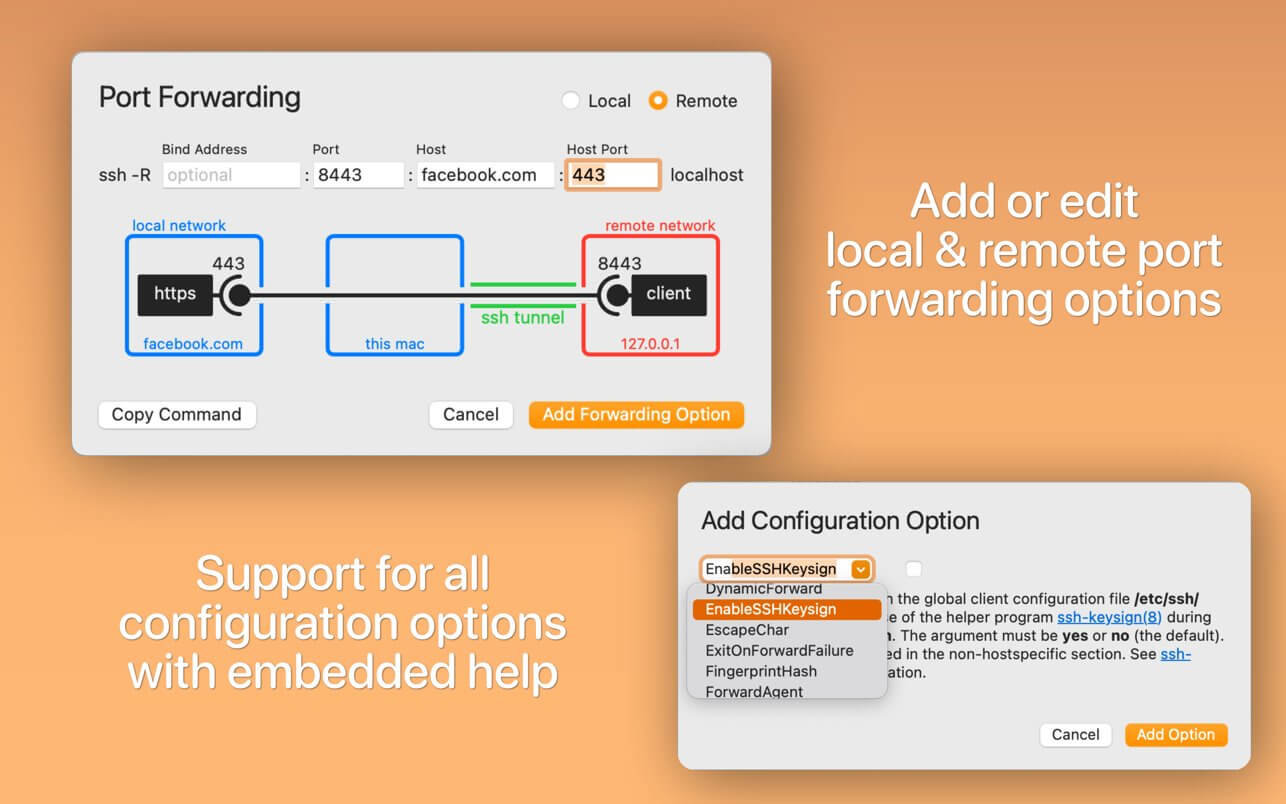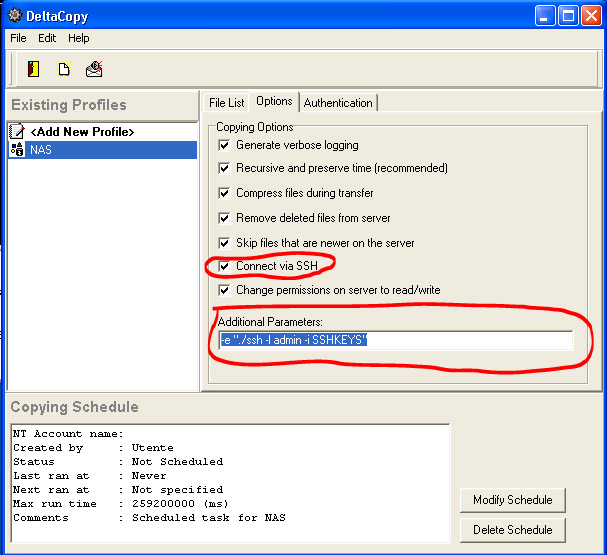

- #LXC SSH COPY ID DRIVERS#
- #LXC SSH COPY ID FULL#
- #LXC SSH COPY ID SOFTWARE#
- #LXC SSH COPY ID PASSWORD#
By default Ubuntu SSH root login is disabled and root password has not been set. This solution only works in the case that the LXC is in a machine in which you can connect with SSH, DOES NOT WORK WITH VIRTULIZED LXC. However, many system administrators prefer to work as root to avoid having to use “sudo” for almost every command and enter passwords over and over again.

To allow root login over SSH we first need to set the root password by opening a terminal and switch to root. Next set a new password for root (since you are logged in as root no need to add user root to the passwd command). Make sure you enter a strong password and that you also store this password somewhere safe. Keepass is a great open source tool that can help you generate and store passwords. Since we will later disable direct root access with a password, it is important to create an additional user who will still have password access to the system.īasically it doesn’t matter what you call this user but in this case we are going to create a user “chief”. Make sure you have generated a strong password for this new user as well and saved it in a safe place for later use such as Keepass. The “-m” option will automatically create a home directory “/home/chief”. To activate the user and be able to log in with it, we need to add a password. Note that for security reasons, this user is not going to be added to the “sudo” group and therefore cannot obtain any root privileges. However, we can still switch to root with the command “su root” if you have at least the root password.Īs such it is not possible to become root with the sudo commands “sudo -i” or “sudo su -” either. The original SSH configuration file includes a lot of comments and samples which are not really required and makes it hard to read. Further, as you were told in the comments, your sshdconfig file. Your status info about the sshd daemon shows running, however no listening port is associated with it (or doesn't seem to). We prefer simple and clean configuration files containing only the required settings and parameters. Your netstat output shows that there's no process listening to port 22, and that would explain why you get a Connection refused when trying to SSH. # cp /etc/ssh/sshd_config /etc/ssh/sshd_config_orig You want to keep a copy of the original file in case something goes wrong or you want to check this file at a later stage. Use the “grep” command to strip the original file removing all the unnecessary lines. # grep -v -E "^#|^ " /etc/ssh/sshd_config_orig | grep. > /etc/ssh/sshd_configĮdit the SSH configuration file to allow root login. Subsystem sftp /usr/lib/openssh/sftp-server PasswordAuthentication yes MaxAuthTries 3 # vi /etc/ssh/sshd_configĪnd make the necessary changes. In our case we added “Port 222” (can be another port if required or multiple ports by adding a new line with i.e.
#LXC SSH COPY ID DRIVERS#
The paravirtualized drivers contain storage and network device drivers with enhanced disk and network I/O performance.“Port 722”), “PermitRootLogin yes” and “PasswordAuthentication yes”.

#LXC SSH COPY ID FULL#
Paravirtualization and full virtualization can be combined to allow unmodified operating systems to receive near native I/O performance by using paravirtualized drivers on fully virtualized operating systems.
#LXC SSH COPY ID SOFTWARE#
The performance of a paravirtualized guest is often better than that of the fully virtualized guest due to the advantage that these software drivers provide. These types of guests will make use of a modified kernel and special drivers (known as guest drivers) that will help the guest operating system utilize software and hardware resources of the hypervisor.

ParavirtualizedĪ paravirtualized guest (or PVM) is one where the guest operating system is aware that it is a running virtual machine instance. This can be done from a BIOS or UEFI firmware configuration menu. In order for this type of virtualization to take place on x86 based hardware the Intel VT-x or AMD-V CPU extensions must be enabled on the system that has the hypervisor installed. A fully virtualized guest is one where the guest (or HardwareVM) is unaware that it is a running virtual machine instance. The reason for this is that no additional software drivers are installed within the guest to translate the instructions to either simulated or real hardware. Topic 104: Devices, Linux Filesystems, Filesystem Hierarchy Standardġ04.2 Maintain the integrity of filesystemsġ04.3 Control mounting and unmounting of filesystemsġ04.5 Manage file permissions and ownershipġ04.6 Create and change hard and symbolic linksġ04.7 Find system files and place files in the correct locationĪll instructions that a guest operating system is expected to execute must be able to run within a fully virtualized operating system installation. Topic 102: Linux Installation and Package Managementġ03.6 Modify process execution prioritiesġ03.7 Search text files using regular expressions 101.1 Determine and configure hardware settingsġ01.3 Change runlevels / boot targets and shutdown or reboot system


 0 kommentar(er)
0 kommentar(er)
